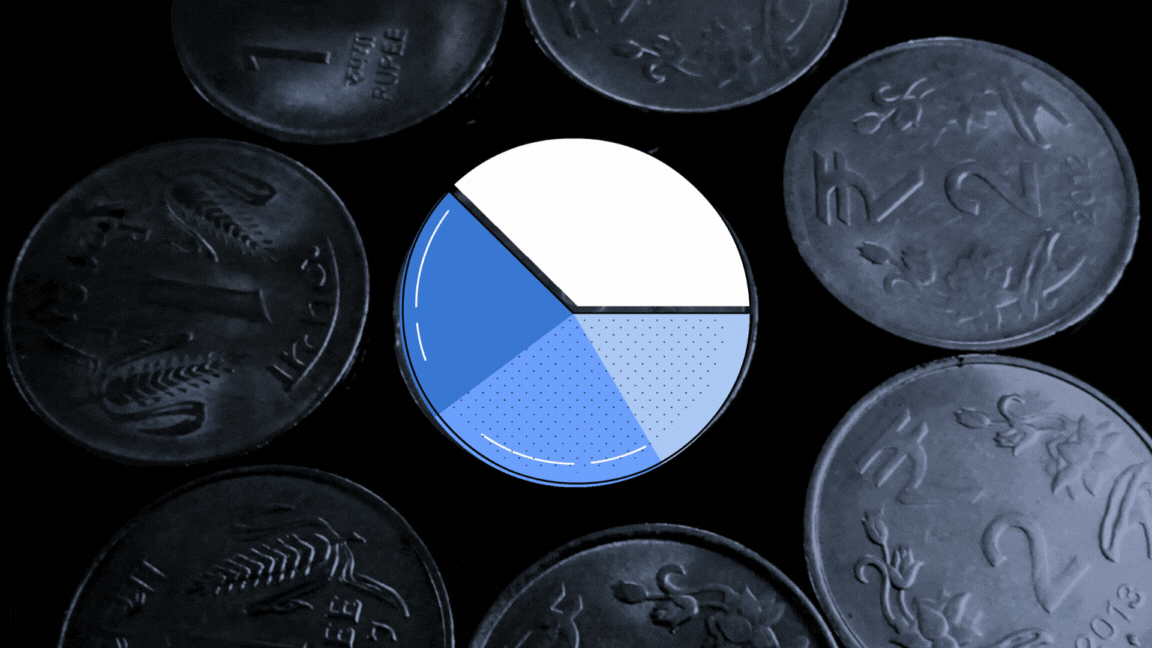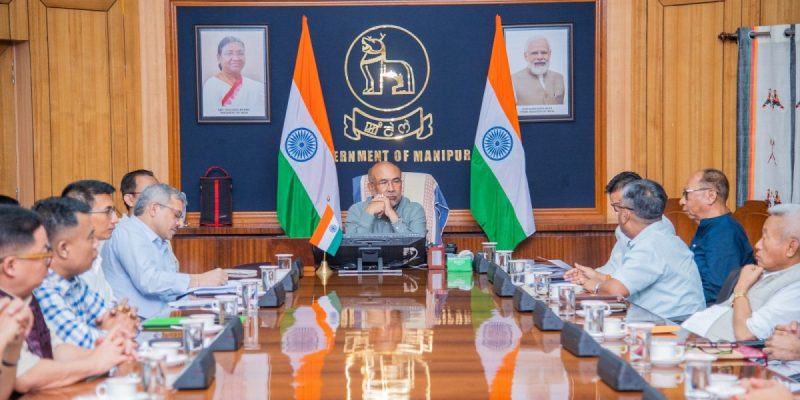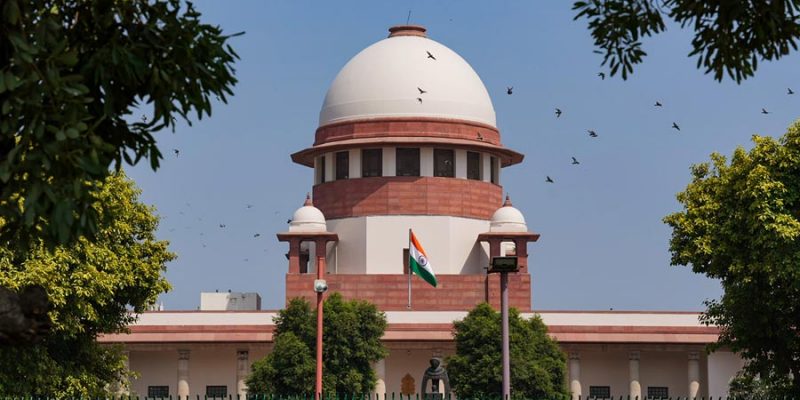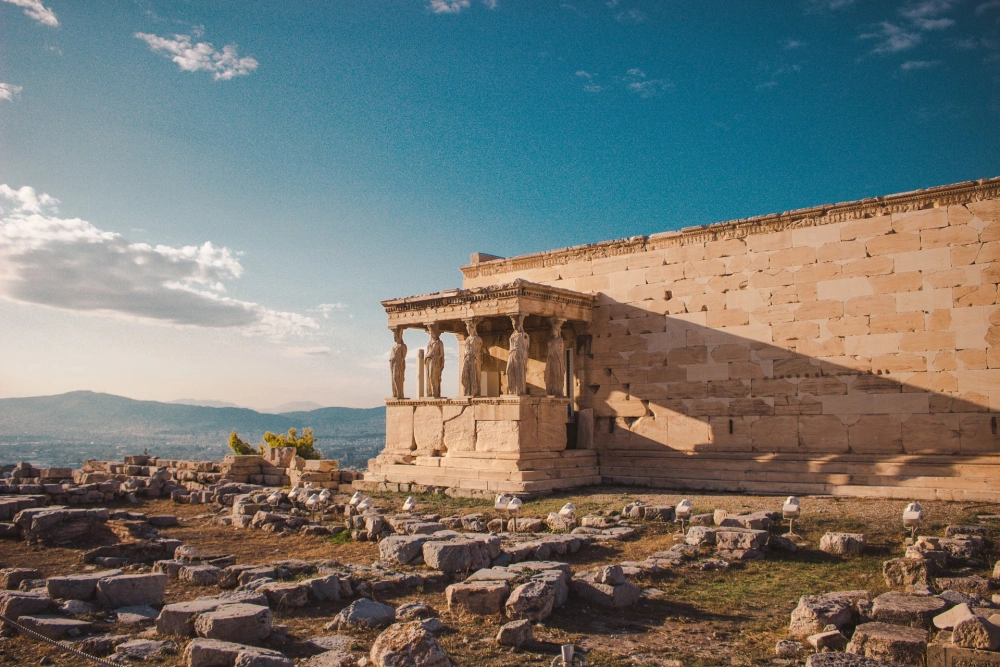What To Make Of Rahul Gandhi’s Opposition to Digitisation of Land Records in Telangana

India is rapidly digitising. There are good things and bad, speed-bumps on the way and caveats to be mindful of. The weekly column Terminal focuses on all that is connected and is not – on digital issues, policy, ideas and themes dominating the conversation in India and the world.
The issue of digitised land records has become an election issue in Telangana with the Congress and other opposition parties promising to shut down the state’s land registry portal, “Dharani”. The Congress has been very critical of land digitisation, saying that many farmers were affected by the error-prone process. In his recent visit to Telangana, Rahul Gandhi promised to shut down the portal and claimed that digitisation was used as an excuse to take away agricultural lands for government projects.
Dharani was made the only authentic source for land records in 2020, when Telangana passed a new revenue Act. The records on the land registry became mandatory for farmers to apply for crop loans and to receive direct benefit transfers under schemes like the Rythu Bandhu. Any error in recording the land details would harm a farmer’s ability to access welfare or participate in economic processes linked to land.
Telangana is the first state in India to push for the linking of land records to Aadhaar and digitise land records for a “purified” land registry. This process was challenged in the case of non-agricultural lands in the Telangana high court, which stopped Aadhaar linking to land records as it can only be allowed for subsidies and is in contravention with the Puttaswamy judgment. As farmers with agricultural lands benefit from different welfare subsidies, the linking of Aadhaar and agricultural land records continues unopposed.
The land digitisation process – like any other digitisation process – is prone to software and data errors, fraud and governance problems. This has been the case with Aadhaar for a decade and making any software mandatory and the only source of verifiable information has brought challenges to normal people.
There is a push for dematerialisation of government documents and replacing them with centralised databases to facilitate easier market transactions. In the case of Dharani, this is done through the issual of an electronic record of the land title and giving access to this data to bankers and other market actors. Telangana’s new Agricultural Data Exchange, built in collaboration with IISc Bangalore and World Economic Forum, is a place where these ideas of data exchange with market actors to facilitate farmer and land data sharing are being carried out.
A recent research paper ‘Illegibly legible: Outcomes of a land records modernisation programme in South India‘ by economists Ramkumar R. and Padmini Ramesh details the entire process of digitisation of land records for Dharani. It gives a historical background of the digitisation of land in Telangana and what kind of errors were encountered with the process and how the revenue department addresses these challenges. The paper captures the scale and intensity of problems encountered with Dharani.
Several complicated disputes around land records mutation, updation, errors, fraud and purity of land titles have risen. The corruption centred around land registrations is well known and the idea that digitisation will somehow fix this has become a myth for the regular farmer.
Dharani has become an instrument where land titles automatically changed overnight with digitisation, not only due to errors or fraud by officials but also in scenarios where the state wanted to acquire land for development projects. In multiple reported incidents, the Telangana government updated land records on Dharani to indicate farmers’ land as belonging to the Telangana State Industrial and Infrastructure Corporation (TSIIC).

A screengrab of the Dharani portal.
With digitisation, the state has the ability to arbitrarily change ownership of land and take it away with no recourse for the landowner. This ability needs to be seen in the context of. the Telangana government acquiring land while subverting the Right To Fair Compensation And Transparency In Land Acquisition, Rehabilitation And Resettlement Act, 2013 to not pay fair compensation. This has been extensively written about by Faustina Johnson.
Telangana chief minister K. Chandrashekhar Rao has been countering the Congress leaders’ claims by assuring people that land records can only be changed with Aadhaar biometrics. All the land records of Dharani are supposed to be on a blockchain, according to various Telangana government websites. However, there is no actual evidence this was carried out – as the current errors in the system show.
The role of Aadhaar in the land digitisation process is something of a mystery with no actual design details of the land registry available for anyone to understand the system. But what is not made clear to the general population is that Aadhaar usage is not actually used for identification, authentication or updation through eKYC. Instead, an Aadhaar-based e-Sign is being used to digitally sign the land records before patta passbooks are issued through Dharani.
It is important to understand how the e-Sign system itself functions and what safeguards are being provided to citizens. The Aadhaar-based biometric authentication system is broken, with people able to clone biometrics and use Aadhaar authentication to commit fraudulent withdrawals by using the Aadhaar Enabled Payment System (AEPS). It is not just the state that can take away land – anyone with access to the land registry with details of your Aadhaar number and biometrics can potentially take your land away.
With the Registration of Births and Deaths Act making Aadhaar mandatory for property registration, this process is going to be scaled across India. Aadhaar is being shown as a way to handle estate management of claims over property after the death of an individual. It is unclear how this will happen at this stage. In the case of Dharani too, the details of dependents of the property owner were collected to facilitate estate transfer.
The promise of the immutability of land records that has been guaranteed in the form of blockchain, cleaning up and purifying records with Aadhaar linking are all technological myths if the systems are broken by design with tall claims that don’t hold up. Indians deserve a better digitisation process with actual accountability instead of mere claims. While the Congress always defended Aadhaar for welfare, it now seems to have caught on to other issues of the digitisation process.
Srinivas Kodali is a researcher on digitisation and a hacktivist.







